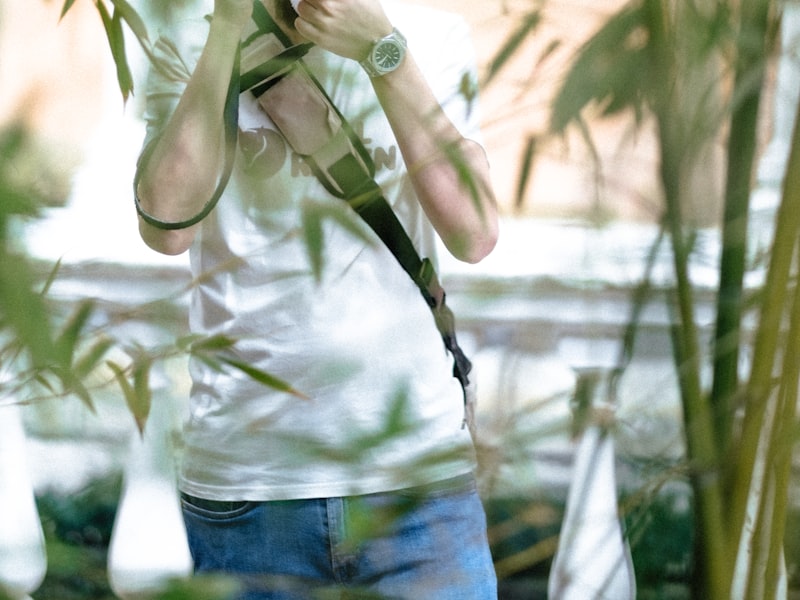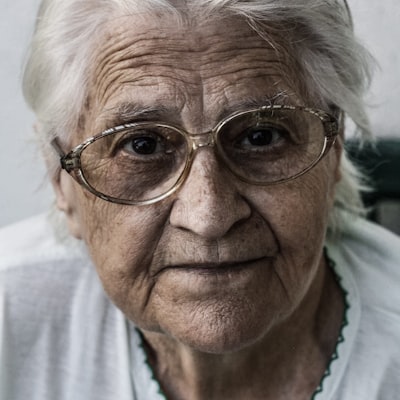What To Look For When Buying the Sweatshirt

Sweatshirts are long-sleeved shirts that are typically made of thick cotton cloth. They are typically used for casual wear but aren't as dressy as sweaters or cardigans. They do not usually have a hood. If you're thinking of buying a sweatshirt, here are a few tips:
Norma Kamali sparked the appeal of sweatshirts

Since the late 1970s the Norma Kamali brand has transformed the simple sweatshirt into an art. Her designs have become a staple in almost every woman's closet. sweat shirts include tummy-tucking t-shirts to a crew neck , to leather paneled sweatshirts. She has also created clothing in unusual forms, such as an oversized tank top that has a long trumpet skirt.
A partnership between the designer and the sweatshirt maker Everlast gave rise to her Timeless collection, which was a huge hit when it appeared in the spring catalog of Spiegel. The collection was made up of interchangeable and convertible knits in classic shapes and many of the pieces were priced at less than $20. Even if Norma Kamali's Timeless collection wasn't sold in stores, customers could still find the items through eBay or Poshmark.
Merino wool sweatshirts tend to be more comfortable than sweatshirts made of soft wool.
Merino wool is well-known for its ability to remove moisture that help keep you comfortable and dry. This is a naturally-occurring fiber that also offers a more comfortable feel. It is also quick to dry compared to other natural material. Furthermore, merino is a renewable resource. Merino sheep shed their coats each year and grow new ones.
Merino's weight-to-heat ratio is high, and the warmth of wool makes it an ideal material for sweatshirts. It helps to regulate the body's temperature because of its loft that naturally traps heat between the fibers. This is why Merino wool sweatshirts work great for outdoor activities in the summer, such as mountain biking, hiking and running. The warmth it offers keeps the wearer well-hydrated and cool, something that is crucial when working out.
Zip-front hoodies have kangaroo pocket
Kangaroo pocket Hoodies are a very popular type of hoodies. They have a huge pocket at the front which helps keep your hands warm during cold days. They're much more practical than traditional pockets as they allow the hands to slide in and out effortlessly.
The pockets of Kangaroos are usually big enough to accommodate a wallet or some other small personal items. They are commonly big enough to hold the palm of a hand that is small, and can even be large enough to accommodate two hands. They have wide openings on either side , and are ideal for carrying small items.
French Terry fabric is a very popular material for sweatshirts
The French Terry fabric is constructed of soft yarns that are made into loops, and is typically midweight. It is also renowned for its ability to wick moisture and is pre-shrunk. French Terry is a fantastic option for sweatshirts as it is warm when you need it and helps keep you cool when you're trying to cool off.
French Terry is also popular for casual wear, as it is stretchy enough and has enough flexibility to feel comfortable when you touch your body. It also allows air to circulate throughout the fabric, which makes it perfect for layering under other clothes. In addition, because it is lighter than other sweatshirts that you can wear all through the year without feeling too warm or cold.
Hoodies are classy and have a connotation of class.
Although it could appear that hoodies are an appropriate attire item for people of the working class however, in reality they are a symbol of class. Hoodies were first popularized in the early 70s New York, where graffiti artists would wear them to conceal their identities. In 1976, hoodies made their major movie debut with "Rocky," when the working-class main character was seen wearing grey sweats with hoods during his famous climb up the Philadelphia Museum of Art.
Hoodies are often linked to death, destruction and other negative things, and yet they can also be used for practical reasons. For instance, monks and priests can wear hoods to demonstrate respect and a sense of self-control.
